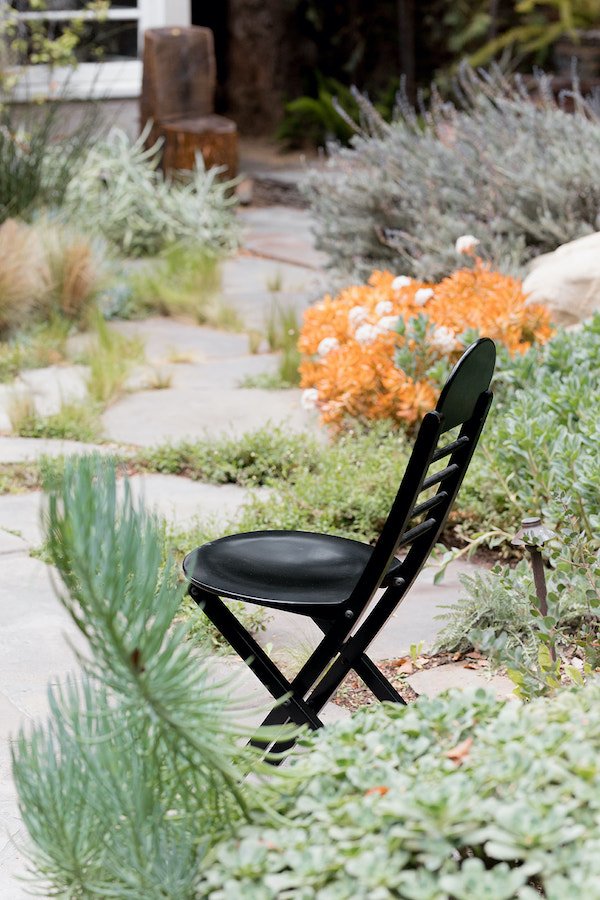
The Difference Between Sympathy & Empathy
Sympathy vs Empathy—Understanding The Difference
When a friend or family member confides in you about going through a difficult time, how do you respond? Do you search for silver linings? Do you listen carefully and give them a space to vent, a shoulder to cry on? Do you make connections to your own problems and offer advice?
“Whether we respond with sympathy or empathy can affect how supported our loved ones feel in their hardships.”
How we respond to others can deeply impact our relationships. And whether we respond with sympathy or empathy can affect how supported our loved ones feel in their hardships.
But the meaning of sympathy and empathy can often be confusing, and we sometimes use the two terms interchangeably despite being quite different. This makes sense considering the word sympathy has been used in the English language for centuries, according to Dictionary.com, since the mid-1500s, broadly meaning “agreement in qualities.”
Empathy, on the other hand, entered the vernacular in the late nineteenth century in psychological contexts and has since been used more broadly to mean someone’s ability to imagine themselves in another person’s position.
“Empathy fuels connection,” explains research professor and New York Times bestselling author Brené Brown. “Empathy is ‘I’m feeling with you.’ Sympathy is ‘I’m feeling for you.’”
Another way to look at it: sympathy is feeling pity for another’s hardships, while empathy is imagining yourself in the shoes of someone experiencing hardship—an important differentiation when we try to support and connect with others.
“Empathy is ‘I’m feeling with you.’ Sympathy is ‘I’m feeling for you.’”
To better understand empathy further, this animated short from Brown’s Royal Society for Arts talk breaks down what she calls the four qualities of empathy.
Perspective taking. The ability to imagine the perspective of another person.
Avoiding judgment. “Not easy, when you enjoy it as much as most of us do,” she laughs.
Recognizing emotion. Thinking of a time when you’ve experienced this emotion, too.
Communicating. Letting the other person know that you recognize how they’re feeling.
When someone is stuck in a dark hole and shouts for help from the bottom, explains the short video, the sympathetic response is to stay above ground, yelling down and affirming that it looks bad down there. The empathetic response is to climb down into the hole with them and emphasize that you’ve been here before. In the video, an animated bear climbs down a ladder to join a sad fox in her dark, gloomy hole—and flips on a light switch.
Note that empathy is more demanding than sympathy because it requires the person who is offering support to connect with difficult emotions. When supporting someone who has, for example, recently gone through a divorce, or maybe even a death in the family, you’ll need to call to mind times in your life when you experienced a similar situation. And if you’ve never had the exact same experience, you’ll at least have to imagine how hard it would be for you to go through that—how you’d feel, react, and want to be treated by those around you.
“It’s easy to show sympathy by expressing pity, which puts distance between you and the sufferer and can even create a power imbalance.”
Sympathy isn’t necessarily a bad thing. The tricky thing about sympathy is its alienating potential. It’s easy to show sympathy by expressing pity, which puts distance between you and the sufferer and can even create a power imbalance. It takes much more discipline to imagine yourself in another’s situation and think about what they most need from you right now.
Sympathy is more self-centered since it’s about how someone’s pain makes you feel; empathy is about imagining how the other person feels.
And, of course, it’s normal for us to want to help our loved ones out by pointing out the good in their lives. When someone is hurting or going through a painful season, we naturally want to solve their problems or help them out. But as Brown explains, an empathetic response means sitting with your friend or loved one, listening to them, and simply understanding their pain—no solutions or silver lining needed.
So the next time you find yourself in a position of support for a loved one, consider the following: What would I want someone to say to me right now if I were going through this? Then do your best to listen, understand, and truly empathize with the person you’re offering support to.
“If I share something with you that’s very difficult,” says Brown, “I’d rather you say, ‘I don’t even know what to say right now. I’m just so glad you told me.’ Because the truth is, rarely does a response make something better. What makes something better is connection.”
“Consider the following: What would I want someone to say to me right now if I were going through this?”
Natalie Gale is a Boston-based freelance journalist. When she’s not writing about art, food, or sustainability, you can find her biking to the farmers’ market, baking, sewing, or planning her next Halloween costume. Say hi on Instagram!





